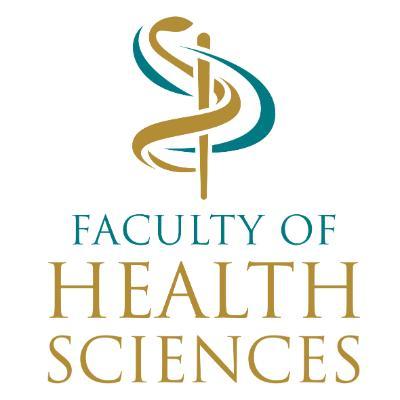Wits Researchers Publish Landmark Study in TB
- L.R.
Wits researchers have made significant inroads in understanding more about Tuberculosis, publishing a landmark study.
Wits researchers have made significant inroads in understanding more about Tuberculosis (TB). The Centre of Excellence for Biomedical TB Research (CBTBR) at the University of the Witwatersrand has published a landmark study that advances the fundamental understanding of TB.
This study reveals profound insights into the way TB mycobacteria grow and adapt and sheds light on the complexity of successful treatment in patients with TB.
In this study, Wits scientists interrogated the presence and variance of “sleeping-state” M. tuberculosis bacteria in the sputum of TB patients. The research, published in the American Journal of Respiratory and Critical Care Medicine, provides anecdotal evidence pointing to the presence, in sputum, of what the researchers term “differentially culturable tubercle bacteria” – “sleeping organisms”.
This intriguing observation was interrogated in a cross-sectional observational cohort of patients infected with TB or TB-HIV, from various clinics in Soweto. The research team was able to detect five operationally distinct sub-classes of tubercle bacteria in the sputum of TB patients already diagnosed with TB. This indicates a previously unappreciated degree of complexity in the prevailing bacteria in individuals suffering from this disease.
These sub-populations are expected to respond differentially to TB therapy and they most likely form the microbiological basis for the protracted six-month treatment required to achieve a functional cure in TB patients.
Sputum from TB-HIV-1 infected individuals, with CD4 counts >200 cells/mm3, displayed higher levels of “sleeping state” organisms than sputum from TB-HIV-1 infected individuals with CD4 counts <200 cells/mm3 suggesting that the immune response is critically related to these populations of bacteria.
In addition, the detection of these “sleeping state” organisms allowed for the diagnosis of tubercle bacteria in patients who are conventionally difficult to diagnose using the standard suite of tests for TB detection. As a result, these new methods developed by Wits researchers provide exciting future avenues for TB diagnostic development, with the ultimate goal of being able to reach, diagnose and treat every TB patient. No patients missed!
Citation:
Chengalroyen MD, Beukes GM, Gordhan BG, Streicher EM, Churchyard G, Hafner R, Warren R, Otwombe K, Martinson N, Kana BD. Detection and Quantification of Differentially Culturable Tubercle Bacteria in Sputum from Patients with Tuberculosis. Am J Respir Crit Care Med. 2016 Dec 15;194(12):1532-1540. PMID: 27387272


